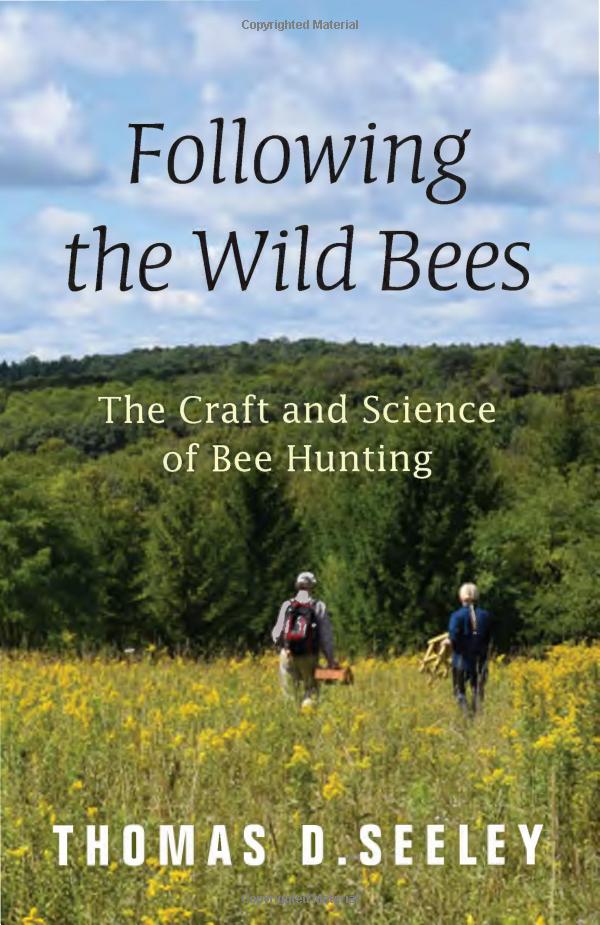Discovering the Journey: How Far Will a Honey Bee Travel in Search of Nectar?
Guide or Summary:Introduction to Honey Bee ForagingFactors Influencing Foraging DistanceEnergy Expenditure and Foraging EfficiencyImpact of Environmental Co……
Guide or Summary:
- Introduction to Honey Bee Foraging
- Factors Influencing Foraging Distance
- Energy Expenditure and Foraging Efficiency
- Impact of Environmental Conditions
- Communication and Foraging Behavior
- Conclusion: The Importance of Understanding Foraging Distances
**Translation of "how far will a honey bee travel":** How far will a honey bee travel
---
Introduction to Honey Bee Foraging
Honey bees are remarkable creatures known for their essential role in pollination and honey production. One of the most fascinating aspects of their behavior is their foraging patterns. Understanding **how far will a honey bee travel** to collect nectar and pollen is crucial for both beekeepers and agriculturalists. This journey not only affects the health of the bee colonies but also impacts the ecosystems they inhabit.
Factors Influencing Foraging Distance
The distance a honey bee will travel in search of food is influenced by several factors, including the availability of resources, environmental conditions, and the species of the bee. Generally, honey bees can forage up to 5 miles from their hive, but they tend to prefer locations within 1 to 2 miles. This preference for shorter distances is driven by the need to conserve energy and maximize efficiency in gathering nectar and pollen.
Energy Expenditure and Foraging Efficiency
When considering **how far will a honey bee travel**, it is essential to recognize the energy dynamics involved in foraging. Honey bees are capable of flying at speeds of up to 15 miles per hour, but the energy required for long flights can be substantial. To optimize their foraging efforts, bees often scout for nearby flowers first. This behavior is not only efficient but also increases their chances of returning to the hive with a full load of nectar.

Impact of Environmental Conditions
Environmental factors such as weather, temperature, and floral availability play a significant role in determining how far honey bees will venture. On sunny days with mild temperatures, bees are more likely to travel farther in search of food. Conversely, during inclement weather or when flowers are scarce, they may limit their foraging range to conserve energy.
Communication and Foraging Behavior
Honey bees communicate the location of food sources through a unique dance known as the "waggle dance." This dance conveys information about the distance and direction of the nectar source relative to the hive. The effectiveness of this communication can influence how far bees are willing to travel. If a food source is deemed valuable and within a reasonable distance, many bees will be encouraged to make the journey.
Conclusion: The Importance of Understanding Foraging Distances
In conclusion, knowing **how far will a honey bee travel** is vital for promoting healthy bee populations and effective agricultural practices. By understanding the factors that influence foraging distances, beekeepers can create environments that support their bees and enhance pollination efforts. Additionally, farmers can plant bee-friendly flowers within the optimal foraging range to attract these essential pollinators, thereby improving crop yields.

The journey of a honey bee, while seemingly simple, is a complex interplay of behavior, environmental factors, and communication. By appreciating the intricacies of their foraging habits, we can better protect these vital insects and the ecosystems they sustain.